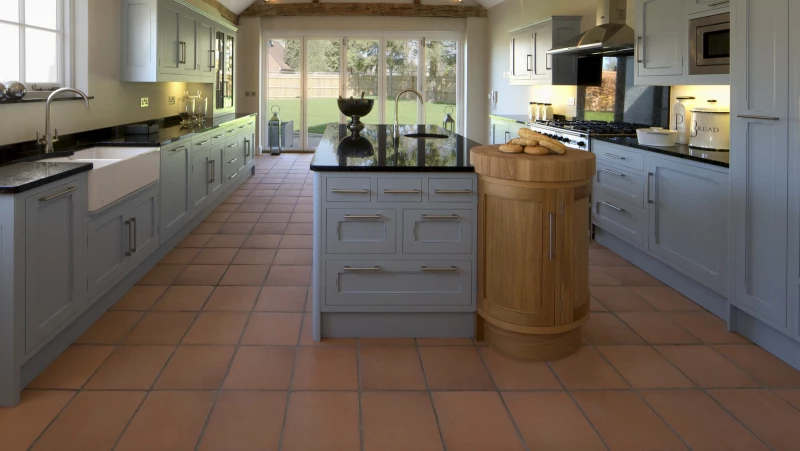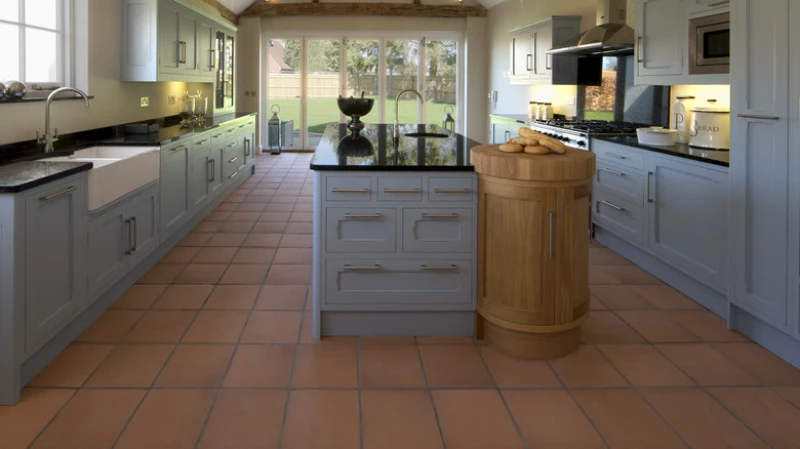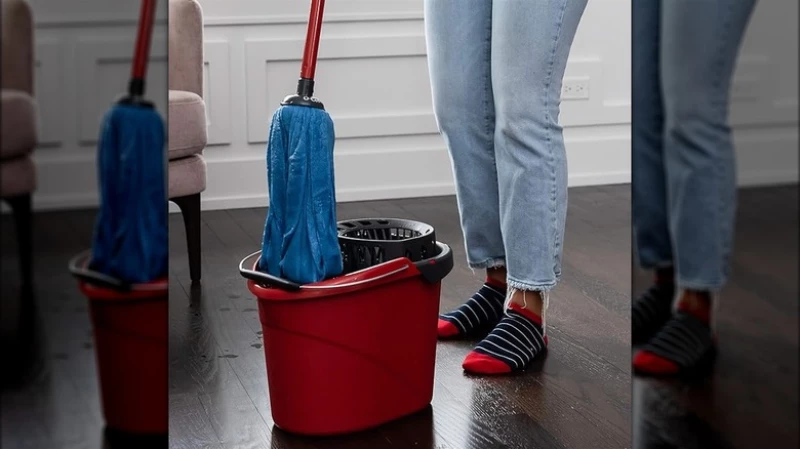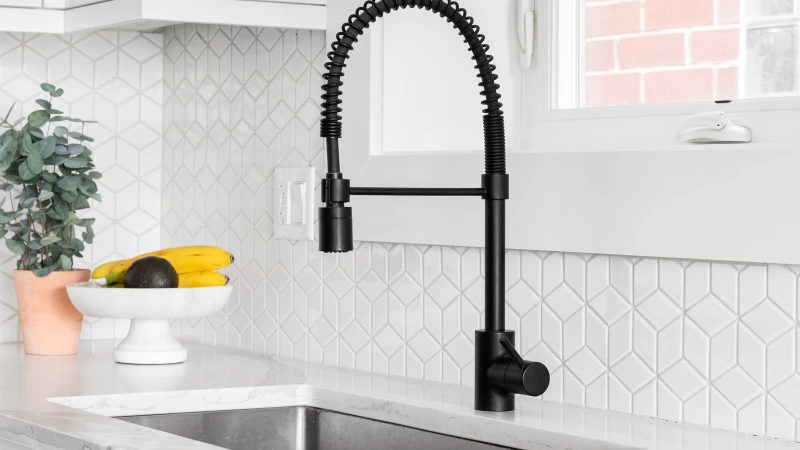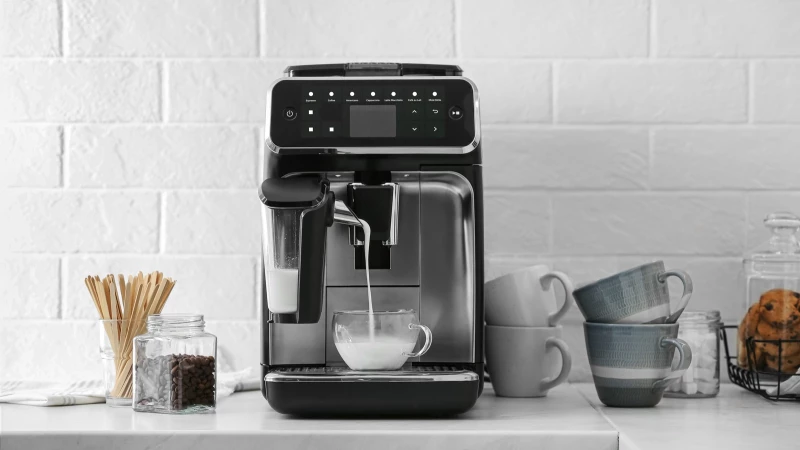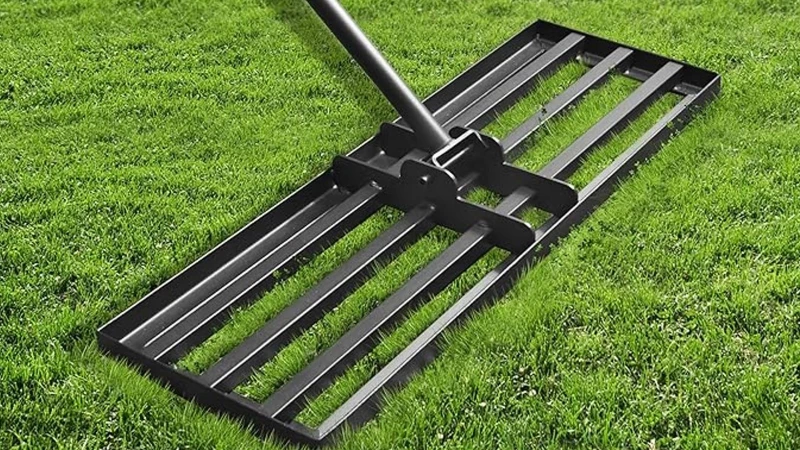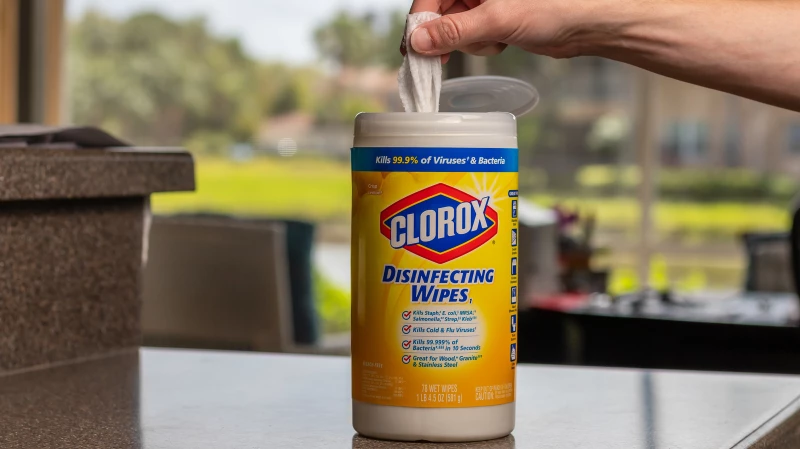If you're a homeowner with tile floors, you're probably well aware of the advantages they offer. These floors can withstand over 20 years of use before requiring replacement, showcasing their exceptional durability. Additionally, sealed tile floors are resistant to water, making them a sought-after choice for bathrooms and kitchens. Cleaning and maintaining these floors is a breeze with the right tools, and using a microfiber mop ensures a scratch-free cleaning experience.
Microfiber mops for safe tile cleaning
The gentle microfiber material is a safe option for cleaning tile floors without causing any damage. Unlike harsh scrubbing tools that can harm the tiles, microfiber mops provide a gentle yet effective cleaning solution. It is important to avoid leaving standing water on tile floors as it can seep into grout, under the tiles, and onto the subfloor, potentially leading to mold damage over time.
When choosing a microfiber mop for your tile floors, opt for a wringer bucket to pair with it. This will help prevent the mop from soaking the floor and causing water damage. By using a wringer bucket, you can ensure that your tile floors remain clean and free from any potential water-related issues.
Efficient Tile Floor Cleaning with Microfiber Mops
Now that you have an idea of what microfiber mops are on the market and the precautions to take when using them, let's take a look at how you should really be cleaning your tile floors. Using a microfiber chamois mop is an important first step. This ensures that your floors are cleaned without pushing dirt into the grout and that you do not scratch your tile in the process. Regardless of the type of tile installed in your home, start out by sweeping away any dirt or debris.
When it comes to keeping your ceramic tile floors clean, a simple solution can go a long way. Mix warm water with a small amount of mild dish soap to create a cleaning solution. Use a microfiber mop and wringer bucket to wash the floors thoroughly. Once the tile is clean, make sure to remove any soapy residue by mopping with water only. Let the tile air dry for best results. For grout cleaning, a mixture of vinegar and water can be effective. Simply apply the solution to the grout as needed.
If you have porcelain tile floors, a slightly different approach is required. Prepare a solution using a bucket of hot water and one cup of white vinegar. Dip your mop in this solution to clean the floors, and then rinse with plain water to remove any vinegar residue. Allow the tile to air dry completely. For tough grime in the grout, a mixture of baking soda and a toothbrush can help eliminate dirt and stains.

